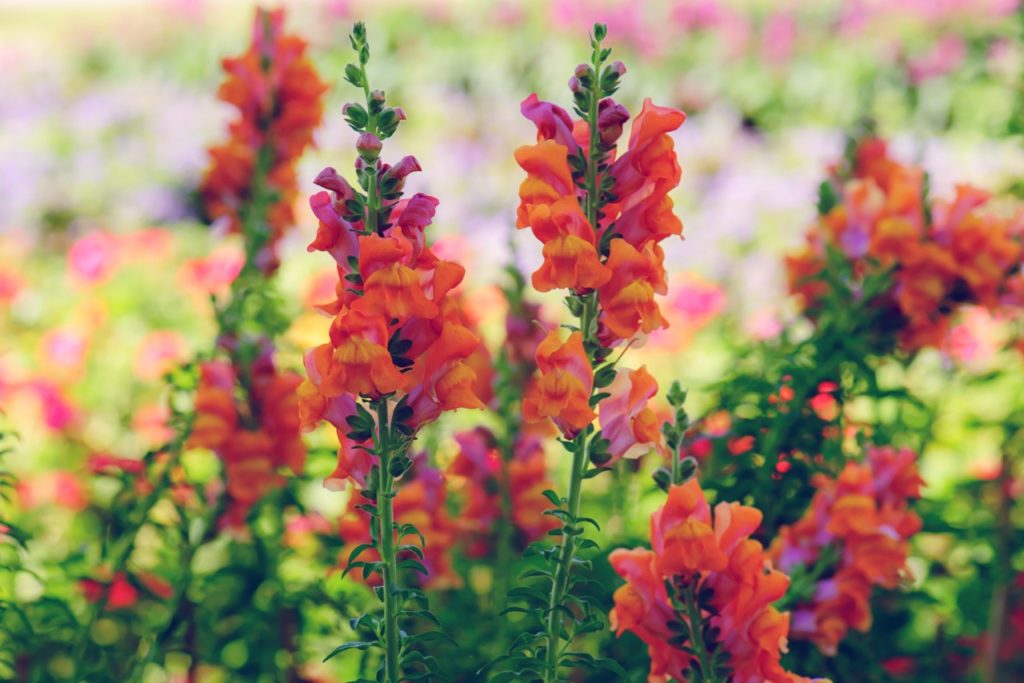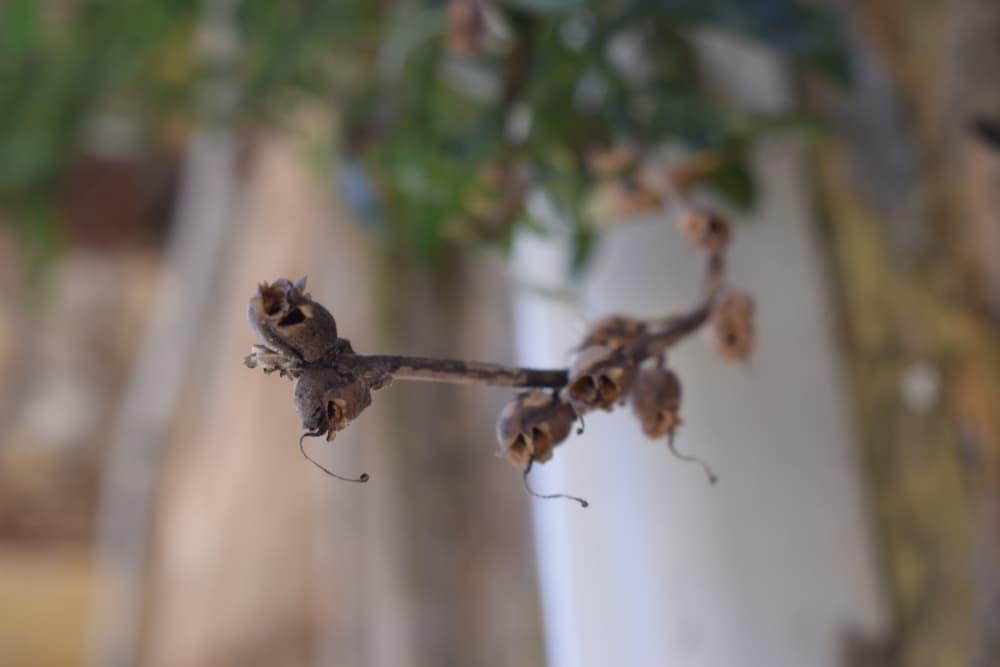Why You Should Be Deadheading Snapdragons Throughout Their Flowering Season

PERENNIALS > ANTIRRHINUM > DEADHEADING
Reviewed By COLIN SKELLY

Colin is a Horticulturist and Horticultural Consultant with experience in a range of practical and managerial roles across heritage, commercial and public horticulture. He holds the Royal Horticultural Society’s Master of Horticulture award and has a particular interest in horticultural ecology and naturalistic planting for habitat and climate resilience.
ANTIRRHINUM GUIDES
Deadheading
Growing From Seed
Overwintering
Delightful snapdragons are among the most popular garden plants, thanks to their unusually shaped flowers in thick bunches on upright spikes.
They also come in a remarkable array of hues and shades, including sunny yellow, soft pink, and intense maroon.
No matter which variety you go for, you will find some benefits to deadheading snapdragons.

Deadheading spent blooms spurs more profuse blooming as it directs the plant’s energy to focus on producing new blooms.
Deadheading Snapdragons is a straightforward process:
- Pinch off spent flowers individually.
- Cut off entire stalks when the majority of their flowers are wilted or dead.
- Cut back the plant once during the season to stimulate fresh growth and renewed blooming.
This process is explained in more depth below.
| Difficulty | Easy |
| Equipment Required | Secateurs |
| When To Deadhead | Throughout flowering season |
When To Deadhead
Snapdragons should be deadheaded during the flowering season as a regular and ongoing gardening task.

During this season, inspect your plants about once a week or so.
1) Pinch Off Spent Flowers
If you see a few fading or wilted flowers on a stalk, pinch them off with your thumb and forefinger.

Make sure to remove them from where the flower attaches to the main stalk so that you also remove any developing seed pod.
2) Cut Entire Stalks
If you see that the great majority of flowers on a stalk are fading or wilted, use secateurs to cut off the entire stalk at its base near where it rises from the plant.
3) Cut Back
After the first flush of blooms seems to be over in mid-to-late summer or if the plant fails to flower satisfactorily in the first place, cut it back to about 30-50% of its current growth.
Doing so will most probably stimulate fresh growth and bring forth a fresh flush of blooms.
“Deadheading is a time-consuming task but rewards you with more and later flowers,” shares Colin Skelly, a consultant Horticulturist.

“With taller cultivars, it will also help to prevent the risk of the plants being blown over.
“In small gardens, this attention to detail really helps to get more out of your space.”
Leaving blooms will typically result in seed pods that you can collect later in autumn.
Make sure to water the plant well after cutting back.

